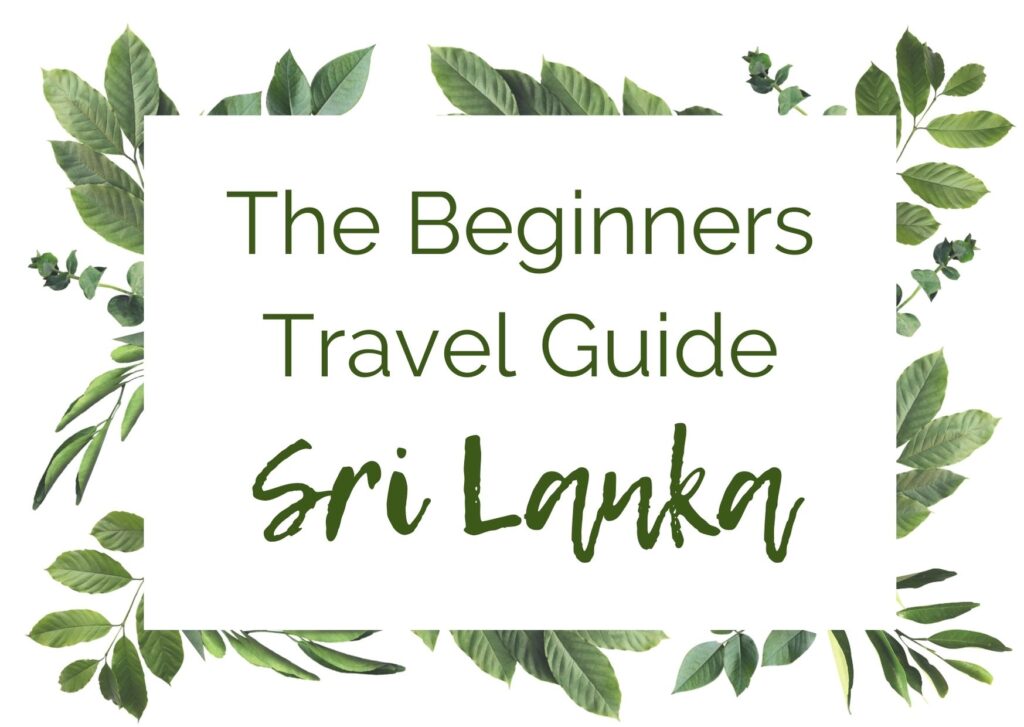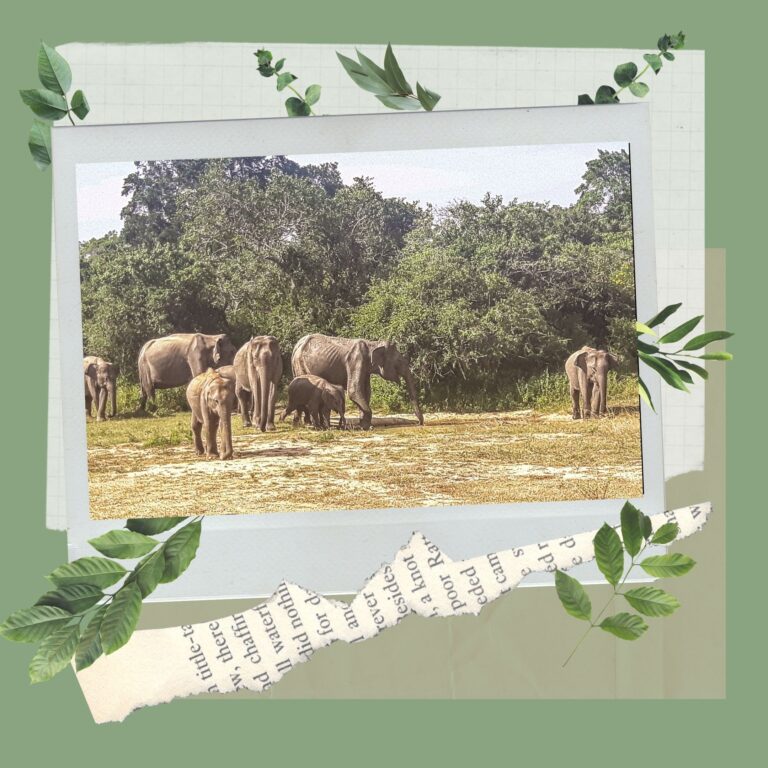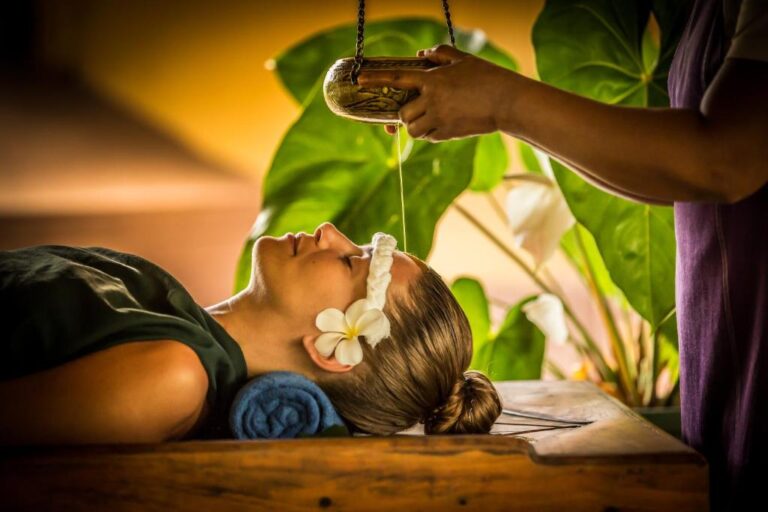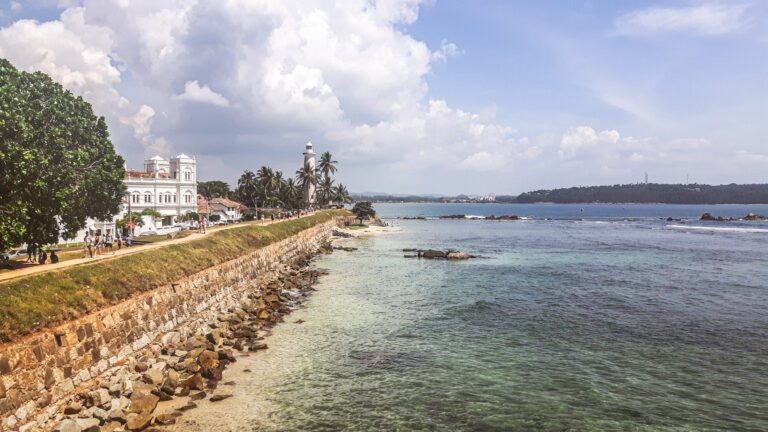Sri Lanka
Sri Lanka is a country in south Asia and located in the Indian Ocean. The country is tormented for years by the civil war between the Singhalese dominated government and the rebels of the Tamil Tigers. The ethnic conflict took tens of thousands of lives. Even during the low point of the war foreigner tourists visited Sri Lanka. The civil war was concentrated in the northern and eastern regions of the island. It was relatively quiet in the western and southern regions and tourists were left alone. The civil war ended in 2009 and all regions in Sri Lank are now safe to visit. The last decade tourism increased rapidly.
Sri Lanka is a beautiful island with a rich culture and natural beauty. They call it the pearl of the Indian ocean. At the coast are white sandy beaches with palm trees, idyllic fishing villages and secret swimming spots. Inland are the tea- and rubber plantations. The hill stations are villages located in the mountain landscapes were the British escaped the heat during the colonial period. As culture lover you should visit the old King’s cities and the remnants of the Dutch, Portuguese and British colonial time. The national parks are perfect to spot wildlife and explore the flora of Sri Lanka.

Interesting places to visit
Most foreign tourists arrive in Colombo and start their journey from here. It’s the capital city but don’t stay too long. Visit Negombo or Mount Lovina instead. In Negombo they have a large fish market and it’s a great seaside village. Visit the old Kings city Anuradhapura and the pilgrimage site Mihintale. In the centre of the island is Kandy. The city is famous because of the Holy temple Tand and the renowned festival Perahera and the Kandy Dancers. The hillstation Nuwara Eliya still has an British colonial atmosphere. From here you can visit Horton Plains National Park. Ella is a great village to go hiking, visit tea plantation, swim at water falls and visit the famous Nine Arch Bridge. Go relaxing a few days at one of the excellent beaches in the south, like Unawatuna and Mirissa.
Festivals
Most festivals follow the moon calendar and dates changes every year. I have listed a few popular festivals throughout the year.
Thai Pongal: the harvest festival of the Tamils on January 14th, the first day of the month Thai.
Duruthu Perahera: a procession in Kelaniya to remind the first visit of Buddha in Sri Lanka.
Independence day: celebrated on February 4th with parades and folklore dancing.
New Years in April: celebrated by Buddhist and Hindus with games, dances and parades with decorated ox carts and elephants. The harvest is done and the southwest monsoon is starting around this time.
Vesak Festival: the holiest festival to remind the birth, the enlightenment and death of Buddha. According to the legend they all happened in months of April and May. Buddhists celebrate the festival on the day of the full moon. In the evening people hang thousands of lights, lanterns and mud lamps filled with coconut oil. The people dress in white clothes and go to the temple to bring flower offerings. On the streets pilgrims and less fortunate receive free drinks and food.
Poson Festival: at the full moon (Poson) in June they celebrate the arrival of Buddhism to the island. Pince Mahinda arrived in Sri Lanka in 247 BC. He converted the Sinhala King Devanampiya to Buddhism. Many people visit Mihintale to place lotus- and jasmin flowers on the same spot where the meeting of the prince and king took place.
Deepavali: in October or November Hindus celebrate the festival of lights. People decorate their houses and shops with lights. They celebrate the victory of Lord Shiva and the defeat of the demon Narakasura. The lights are to honour Laxmi, the Goddess of Wealth.

Best time to go
The climate in Sri Lanka is affected by the mountains on the island and the monsoon. Sri Lanka has the same temperatures all year round, between 25°C and 30°C. There is no noteworthy difference in temperatures between summer and winter. In the mountains there may be night frost, but no snow or ice.
The best time to visit Sri Lanka is between October and April. Most tourists visit central Sri Lanka, the south and west regions. In the mountains it can rain in October and November. If you go to the east the best time to visit is between March and October. The monsoon shifts between west and east. It’s easy to avoid the monsoon and visit a different region in Sri Lanka
Personal Travel Guide
Do you need help setting up an itinerary or are you looking for unique places to stay? I can help you planning your holiday or business trip. Read the services page to know more or send me a message via the contact form. Let me know what your interest are and your expectations. I’m looking forward to assist you.

Practical info
Currency: Sri Lankan Rupee (LKR)
ATM: There are many ATM’s in large cities and tourist destinations in Sri Lanka. Most ATM’s accept Visa, Mastercard and Maestro Cards. Bring a credit card in case a maestro-card doesn’t work. A tip: withdrawing money from an ATM is cheaper when using a credit card instead of using a debit card.
Official languages: Sinhala and Tamil
Recognised language: English
Religion: Buddhism (70%), Hinduism (13%), Islam (10%) and Christianity (7%).
Capital city: Colombo
Visa: When travelling to Sri Lanka most nationals need to apply for an ETA online. The ETA is valid for tourism purposes and for stays less than 30 days. Read the article Visa Sri Lanka to know the details.
Local SIM Card: I recommend buying an Airtel, Dialog or Mobitel SIM-card. You can buy a SIM-card at the Bandaranaike International Airport in Colombo. The shops at the airport only offer tourist packages and are often more expensive than the regular plans. If you prefer a standard plan it’s best to get a SIM-card at a shop in the city. You need to bring your passport.
Country Code: +94
Time: UTC +5:30 (SLST)
Official Tourism Website: Find travel ideas, accommodation and upcoming events and festivals at the Official Sri Lanka Tourism website.
Practical info: Are you planning a trip and you need some practical info? Read the ultimate planning guide when you are going for a long term journey or download the packing list. I share tips about setting up a travel budget. Vaccines are not mandatory for European travellers but a few are recommended. Check the list of recommended vaccines when travelling in Asia.
Sustainable travel: I have written a few articles about sustainable travel. I give tips about how to make your trip more sustainable and how to fly more sustainable. I believe even the smallest effort can help.

Public Transport
From the airport
The Bandaranaike International Airport is located 30km from Colombo. Taxi’s are available to drive you to Colombo, Kandy, Negombo and other long distance destinations. Check the taxi rates at the kiosk of Sri Lanka Tourism before you leave. There are buses and shuttlebuses to Colombo. The train takes you to Colombo Fort Station. From here you can travel further by taxi or bus.
Train
The railway network in Sri Lanka dates back to colonial times. The first train drove in 1867 between Colombo and Kandy. The network expanded fast in the early 20th century. The most scenic route is between Ella and Kandy. It’s considered to be one of the most scenic rail routes in the world.
There are three classes available. Normal trains only have second and third classes. The third class tickets don’t cost much and are usually very crowded. The second class is bit more expensive but you get a reserved seat. There is a fan and the second class is less crowded. The express trains from Colombo to Kandy have first class carriages with AC. Private railway operators offer deluxe journeys on some routes.
Tip: safe your ticket during the train journey. It’s possible they check your train ticket at the arrival station!
Buses
Every corner of the country is accessible by bus. The government buses (CTB) are used for long distances and local transport. These buses stop at every small village. Private bus companies drive on most routes. The most comfortable buses are the Intercity buses with AC. The private buses are more expansive as the government buses but faster.
Latest Sri Lanka Articles

Unveiling the enchanting beauty of Horton Plains National Park in Sri Lanka
Sri Lanka’s Horton Plains National Park is where nature and heritage intertwine seamlessly. Discover misty valleys, rolling hills, pristine forests, and rare wildlife.

Unlocking the secrets of Ayurveda: A healing tradition from India
Discover the ancient Indian healing system of Ayurveda. A holistic approach to health and wellness. Learn about its origins, principles, and why it’s gaining global popularity.

Monumental highlights at Galle Fort in Sri Lanka
Discover the colonial architecture and monumental highlights at Galle Fort in Sri Lanka or admire the ocean views from remains of the fortress,